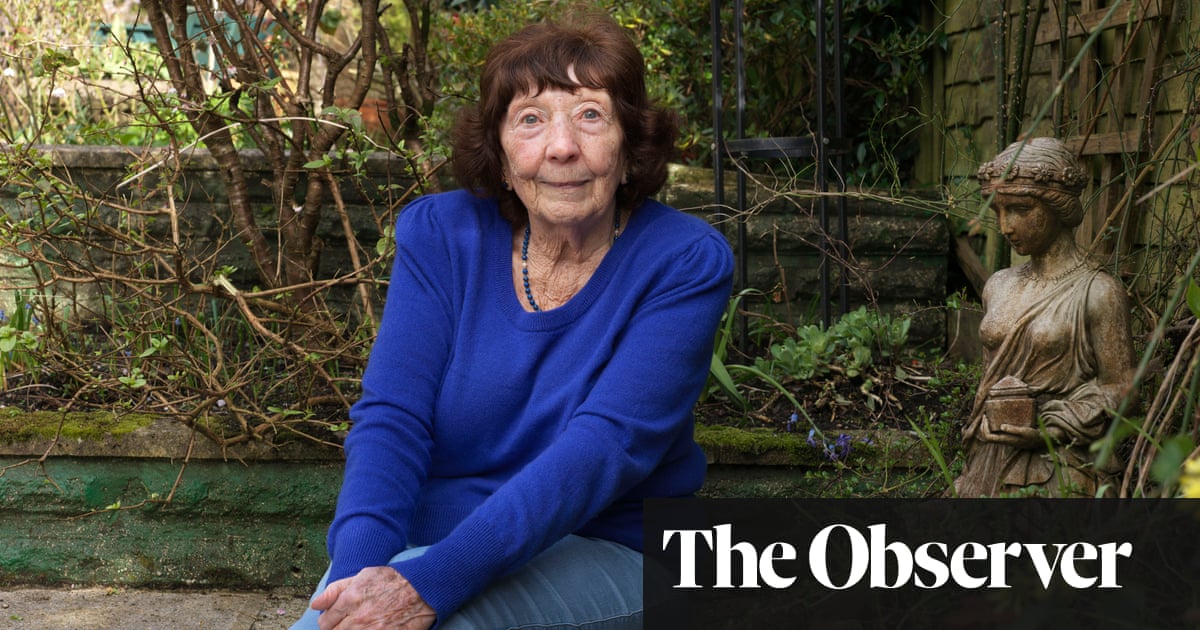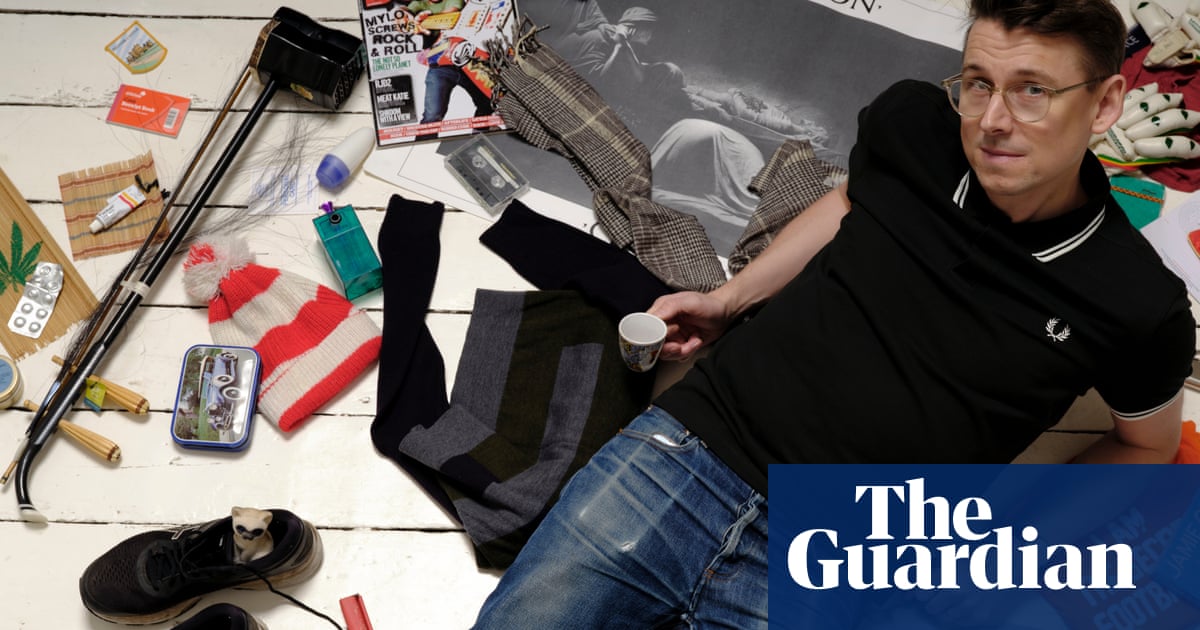
My tree house
I lived in Acre Lane in Cheadle Hulme, Greater Manchester, and became a teenager on 29 November 1946. My parents had divorced and I lived with my mother and my grandfather. The house was a bit crowded, so I built a tree house in the garden, which basically became my room, my world. I built it with window frames and tarpaulin, but eventually it had a paraffin lamp, a bed and all my 78rpm records and such up there. It was about 25ft (7.6 metres) up an oak tree.
After becoming quite well known in the area, it started making the papers. A mention in the Manchester Evening News led to three pages in [the postwar British tabloid] Reveille. The Daily Graphic headlined their piece “The House That Jack Built – Up a Tree!” and called me Jack Mayall throughout, which was something of a letdown.
In 1970, I wrote the song Home in a Tree – on my album Memories – and all the incidents in the lyrics, throwing a sword at my friend and hitting him on the ear and such, are real incidents. My mates used to come round to hang out in the treehouse. Eventually, some of the parents started to worry what we were doing up there and put the skids on it, but I lived up there right until I got married.
Boogie-woogie piano
Boogie-woogie was my introduction to blues. When I was at junior art school, a student called Joan Pilkington played the fastest boogie on the piano that I’d ever heard, apart from on gramophone records. Then one of the school yearbooks had an article by a past student about the birth of boogie-woogie [in the US in the 20s] and I was away. We didn’t have a piano at home, so I started fooling around on the one at school. The basic boogie-woogie style is that with your left hand you have a steady repetitive pattern, a bass rhythm, and you put the right hand to it.
There were three major players – Meade Lux Lewis, Pete Johnson and Albert Ammons – who all played together. Then I got into Pinetop Smith. I bought any 78 with the word “boogie” on it. Meanwhile, I was playing piano, ukulele, harmonica, and the guitars my father [a semi-professional musician] had – always self-taught. I still don’t know how to play a scale to this day.
Jazz and blues
I discovered jazz and blues at around the same time as boogie-woogie – they all felt part of the same thing. My father had a very good collection of jazz and blues 78s, so I grew up listening to them. That led to reading more about it; you’d find out who the pioneers were and so on. My mecca was a shop in Manchester called Hime & Addison, on John Dalton Street, which had a wide selection. My prized 78 had Albert Ammons’ Shout for Joy on one side of a Parlophone and Bear Cat Crawl by Meade Lux Lewis on the other. One artist would mention another artist and by then I was developing an awareness of the people whose music I liked.
My big three bluesmen were Lead Belly, Brownie McGhee and Blind Lemon Jefferson, whose so-called “race records” told the story of the vile lynchings and racial injustices in the south that were a black man’s reality in the early 20th century. Not many other people I knew were all that interested in this music, but it was something I was really passionate about and then able go my own way.
Movies, comics and swimming
There was a cinema in the village and I went regularly. There was a different programme twice a week, so you were exposed to all sots of movies. Margaret Lockwood films such as The Lady Vanishes were very popular.
My grandad, a butcher, had friends who had access to a lot more comics than were generally around, so I had a very good collection thanks to him. Later on, I got into Weird Tales – I bought some only last week – plus Mad magazine and Tales from the Crypt, but in the early years it was all the Dandy, the Beano and Knockout. You’d await every new issue with such excitement. I loved the cartoon characters in the Beano: Dennis the Menace, the Bash Street Kids.
My other big passion was Bramhall Baths. We’d dive off the high board to show off to girls. My special dive was the “half-pint” – you’d topple into the pool, curled up, holding one ankle. The last time I did it I forgot to straighten out underwater, smashed into the shallow end and broke my nose, which didn’t impress the girls at all.
My Japanese nine-string
When I was 18, I was called into the army for national service. The standard was two years, but the recruiting officer told me that if I signed on for an extra year I’d get extra perks and I fell for it. I knew it was a mistake almost straight away, but I spent three years posted in Korea. Everybody was the same age, so we were all in the same boat. The song One Life to Live is about it.
When I was on a week’s leave in Japan, I bought my first six-string guitar. I think it was about £10. It wasn’t a known brand – just a regular hollow-body guitar – but it was the best quality you could get at that time. I took two strings off it to make it easier to play, so I was playing it as a four-string. Eventually, I had it engraved and converted it to a nine-string and I played it on a lot of my records in the 60s. I lost it – along with everything else – in a fire in 1979, but instruments have never been that important to me; they’re just the tools of the trade. It’s what you put into them that counts.
Art and graphic design
Art was my favourite subject at school, and my career before music. After my two years at junior art school – no more academic drudgery! – I went to the Manchester College of Art [now the Manchester School of Art] in the days when art school was starting to be a real breeding ground for musicians. If you went to art school or enjoyed art in your school lessons, the chances were you’d be into music, too.
I worked as a designer on things connected to advertising, all the while playing music at night or weekends. The art gradually took a back seat as music became my career when I was 30, but whenever I made an album I tended to design the sleeve, so it came in very handy.
When I was 13 or 14, I could never have imagined being regarded as “the godfather of British blues”. You don’t think that far ahead. You just put one foot in front of the other and pursue the music that you love. That’s the way it has always been.












